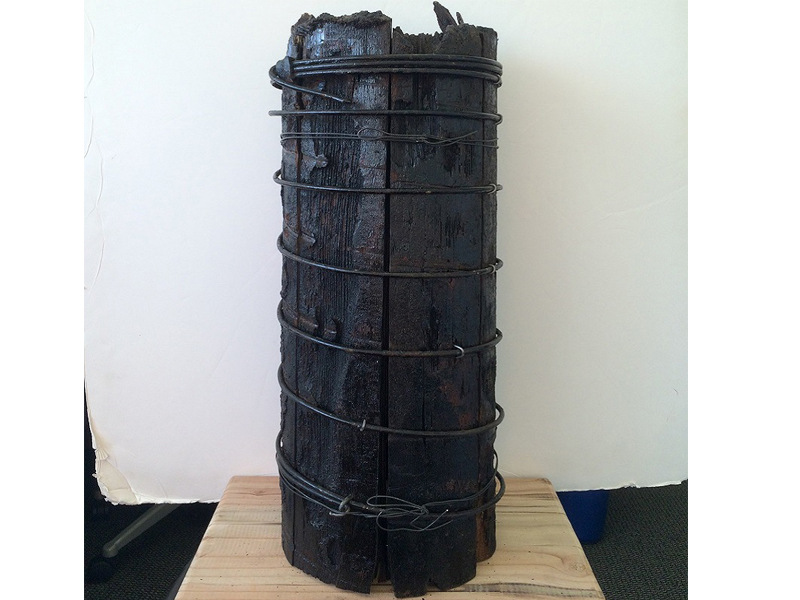
As the wettest December since 1933 hammered the Portland area with more than 15 inches of rain, much of the media coverage focused on issues like landslides, washouts and flooding on roads and highways. How did the Port of Portland’s marine terminals handle the deluge? Overall very well.
Facilities
Although the rains seemed like they would never let up in December, the Willamette and Columbia rivers only reached a high of 11 feet over the Columbia River’s baseline. That’s about five feet above average for the time of year but four below flood stage and well shy of the 30-foot Vanport Flood in 1948. Piers, floating docks and other infrastructure built on the river are designed to handle heavy river flows and high water events.
When the Port designs or redevelops marine terminals now, stormwater management is a primary consideration. The Port recently developed to stormwater management plans for each terminal that guides design and decision-making. However, problems do emerge with older infrastructure, says Susan Aha, a Port water resources manager. “One of the challenges faced by the Port is that existing marine terminals have been developed over many decades. In some cases, parts of management systems can be quite old.”
In early 2015, a small sinkhole formed at Terminal 4. The culprit, now on display at the T-4 offices, was a collapsed pipe made of wood wrapped in wire and estimated to be 90 years old.
Operations
Loading and unloading autos went unabated despite the wet weather, with 11 car carriers visiting Port facilities during December. However, weather hampered operations at bulk terminals as hard rain events require loading to stop and ship holds to be covered, a decision made by the ship’s captain or chief officer.
“Typically, lighter showers do not cause significant delays to grain loading operations but do when prolonged moderate to heavy rainy periods are prevalent,” said Amer Badawi, vice president of Columbia Grain.
When the stoppage lasts for hours, or even a complete shift, the grain can elevator fill up and ultimately the rail system feeding the facility backs up, too.
“It’s a domino effect,” Badawi said. “The record setting month of December 2015 has certainly created challenges for many grain terminals in the region and caused delays to rail system. It would not be a surprise to see some dealing with lingering issues through January.”
Bar Status
Several times during the month, the entrance to the Columbia River was closed due to high seas and gale force winds, allowing fewer ship visits to Portland terminals. Vessels stuck in the river shifted to other berths to wait several days until bar conditions improved. The Port actively works with the agents for the vessel to try to accommodate lay berth needs necessitated by river closures.
Port of Portland Senior Waterways Planner, Fred Myer says the U.S. Coast Guard makes the call to close the river based somewhat on their own ability to respond to search and rescue in adverse conditions. When it comes to commercial deep draft vessels, they rely on the local expertise of the bar pilots.
Said Myer, “What may appear as a ‘routine’ large winter swell system to the untrained eye, may actually present a dangerous bar-crossing situation. Prevailing wind, currents and tidal effects that increase cross-channel movement can negatively affect ship-handling ability in the navigation channel.”
